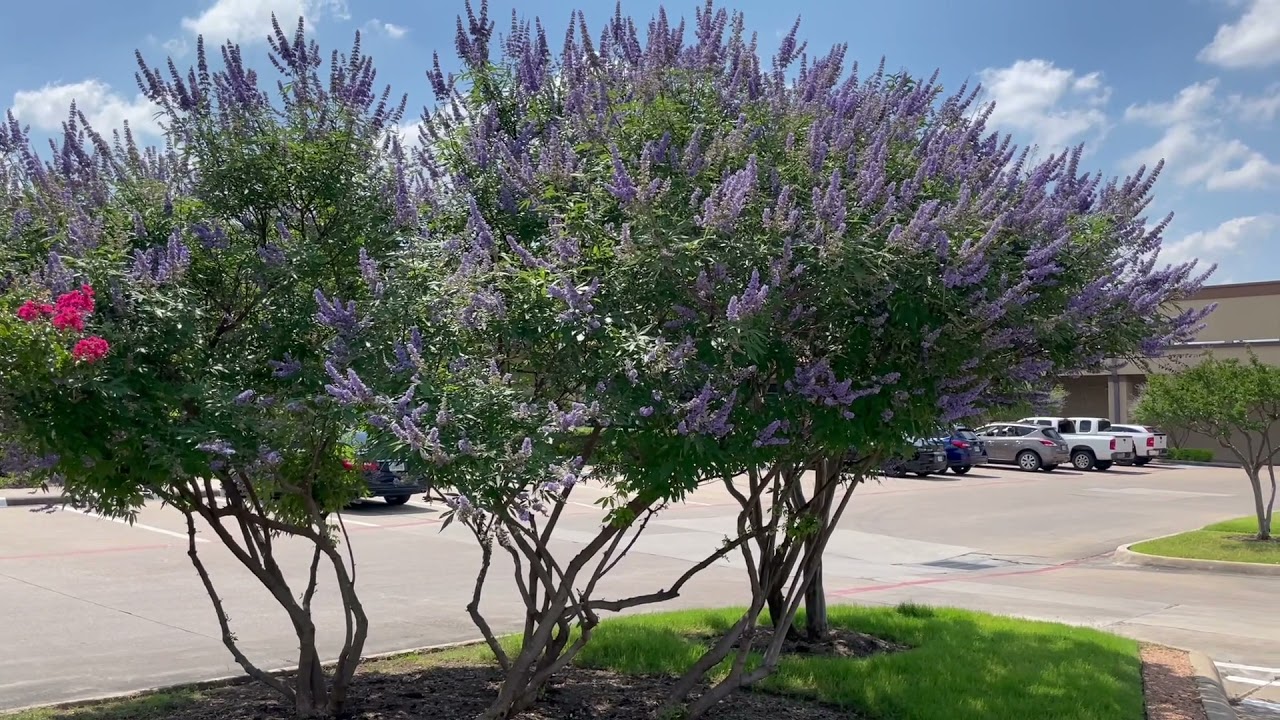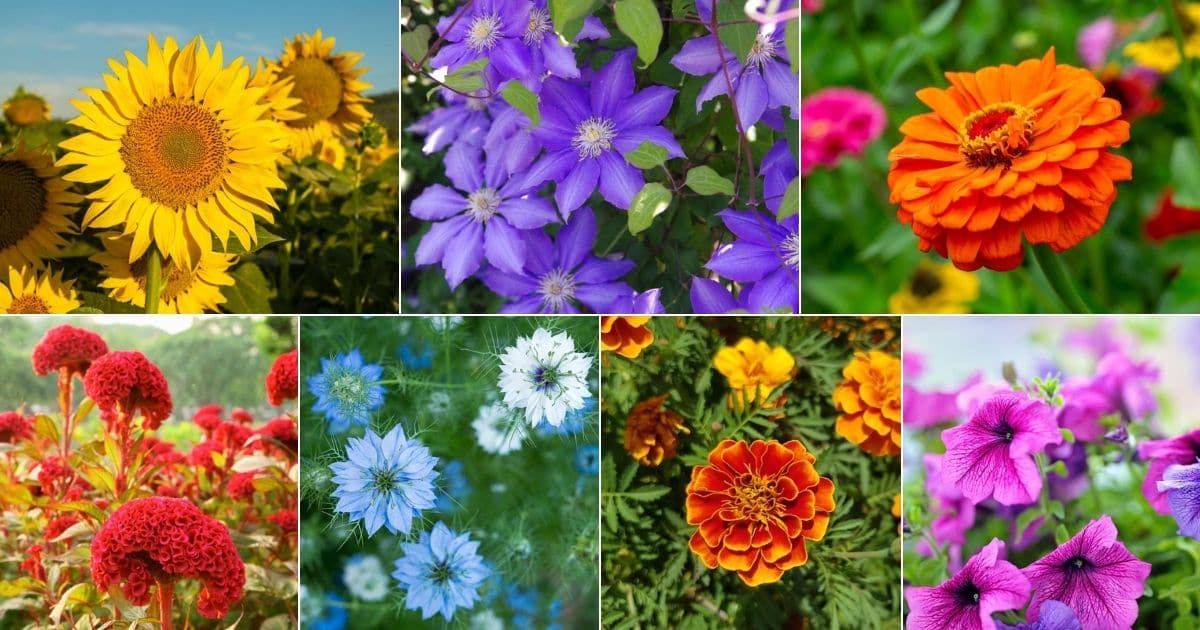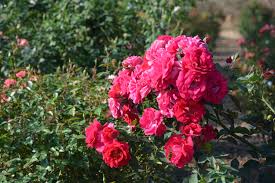What is a Vitex Tree?
The Vitex tree, or Chaste Tree, is a deciduous shrub or small tree native to the Mediterranean region. Known for its aromatic leaves and striking purple, blue, or white flowers, it’s a member of the Verbenaceae family. In Texas, it is particularly valued for its adaptability and ability to thrive in various soil types.
Characteristics of the Vitex Tree
- Size and Shape: Vitex trees can grow up to 15-20 feet tall and wide, though they are often pruned to maintain a manageable size. They have a spreading, rounded canopy that can add a lush, full appearance to any garden.
- Leaves: The leaves are palmate, meaning they are divided into several leaflets arranged like fingers on a hand. They are typically dark green and have a pleasant aroma when crushed.
- Flowers: The Vitex tree’s flowers are its main attraction. They bloom in late summer and fall, forming long, dense spikes that can be purple, blue, or white. The flowers attract pollinators such as bees and butterflies.
- Fruit: After flowering, the tree produces small, dark purple berries that are not edible but add visual interest.
Why Grow Vitex Trees in Texas?
The Vitex tree offers several advantages for Texas gardens and landscapes:
1. Drought Tolerance
Vitex trees are well-suited to the hot, dry conditions common in Texas. Once established, they are highly drought-tolerant, making them a great choice for low-water gardens.
2. Heat Tolerance
Texas summers can be harsh, but Vitex trees thrive in high temperatures. They can handle full sun exposure and heat without wilting or suffering.
3. Low Maintenance
Vitex trees are relatively low-maintenance. They don’t require frequent pruning or special care, making them ideal for busy gardeners or those new to gardening.
4. Attractive Landscaping
With their showy flowers and lush foliage, Vitex trees can enhance the beauty of any garden. They work well as specimen trees, privacy screens, or in mixed borders.
How to Plant and Care for Vitex Trees in Texas
1. Planting Location
Choose a location with full sun for optimal growth. Vitex trees need at least 6-8 hours of direct sunlight each day. They can adapt to a range of soil types but prefer well-drained soil. Avoid planting in areas with poor drainage to prevent root rot.
2. Soil Preparation
Prepare the soil by mixing in compost or other organic matter to improve fertility and drainage. If your soil is clay-heavy or sandy, amend it to create a balanced environment for the roots.
3. Planting
Dig a hole twice as wide as the root ball and the same depth. Place the tree in the hole, making sure the top of the root ball is level with the surrounding soil. Backfill with soil, tamping it down gently to remove air pockets. Water thoroughly to help settle the soil around the roots.
4. Watering
While Vitex trees are drought-tolerant, they need regular watering during the first year to establish a strong root system. Water deeply but infrequently, allowing the soil to dry out between waterings. Once established, the tree will require less frequent watering.
5. Fertilizing
Vitex trees generally do not need heavy fertilization. A light application of a balanced fertilizer in early spring can promote healthy growth and flowering. Avoid over-fertilizing, as this can lead to excessive leaf growth at the expense of flowers.Read here Discover the Best Restaurants in Llano, Texas
6. Pruning
Pruning helps maintain the shape and size of the Vitex tree. Perform light pruning in late winter or early spring before new growth begins. Remove any dead or crossing branches to improve air circulation and light penetration.
7. Pest and Disease Management
Vitex trees are relatively pest and disease resistant. However, keep an eye out for common issues such as scale insects or aphids. Regular inspection and occasional treatment with insecticidal soap or neem oil can help manage these pests. Proper watering and soil management can prevent most diseases.
Common Uses for Vitex Trees
1. Landscape Design
Vitex trees are versatile in landscape design. They can be used as focal points, to create shade, or as a backdrop in garden beds. Their attractive flowers and foliage provide year-round interest.
2. Wildlife Habitat
The flowers of the Vitex tree attract pollinators, making it a valuable addition to gardens focused on supporting local wildlife. The tree’s berries also provide food for birds.
3. Privacy Screens
Due to their dense foliage and height, Vitex trees can be used effectively as privacy screens or hedges. They offer a natural barrier while adding beauty to your outdoor space.
Conclusion
The Vitex tree is a fantastic addition to Texas gardens. Its drought and heat tolerance, low maintenance needs, and striking appearance make it a popular choice for many gardeners. By following the planting and care guidelines outlined above, you can enjoy the beauty and benefits of this versatile tree in your landscape.





